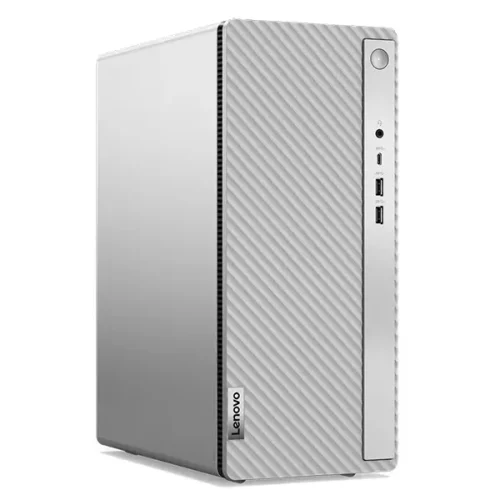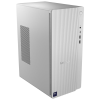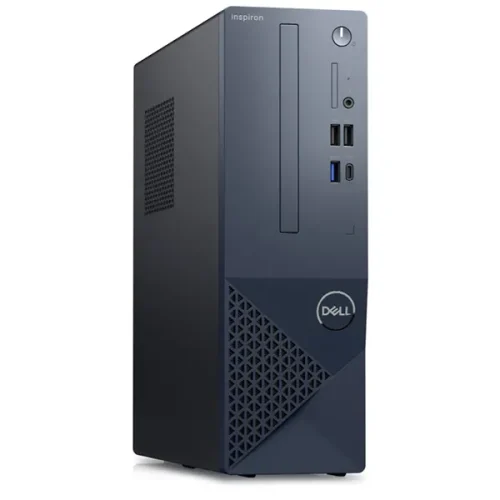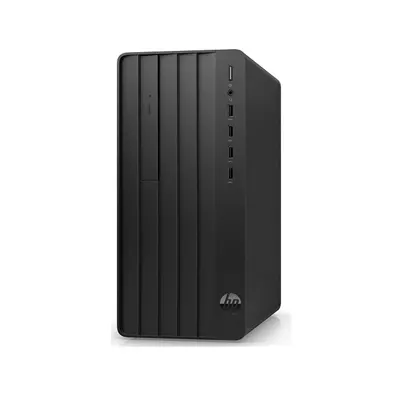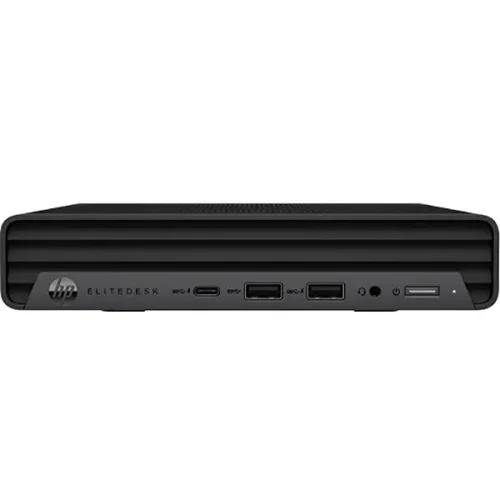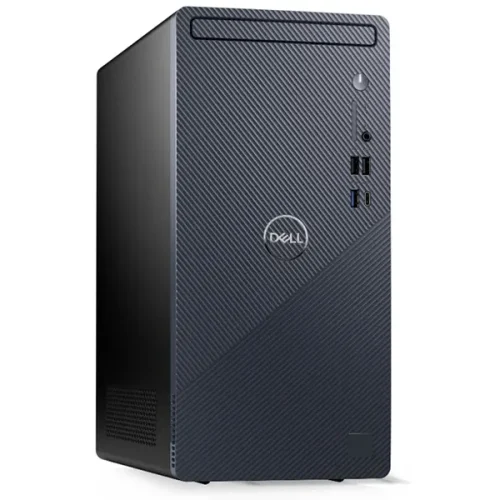LENOVO IdeaCentre Tower 14IRR9 (90X2006FTA)
- CPU Intel Core i5-14400 (20M Cache, Up to 4.70 GHz)
- RAM 16GB DDR5 4800MHz
- Harddisk 512GB SSD M.2 2280 PCIe 4.0×4 NVMe
- Optical No
- LAN/ Wifi Wi-Fi 6, 11ax 2×2 + BT5.2
- Graphic Onboard
- Port HDMI, VGA
- Monitor No
- OS Windows 11 Home + Office Home 2024 + Microsoft 365 Basic
- Warranty 3 Years Onsite by LENOVO
- เลือกดูสินค้าอื่นในหมวดเดียวกัน
The Lenovo IdeaCentre Tower 14IRR9 is a compact desktop tower PC, generally released around July 2023, with some configurations featuring newer 14th-generation Intel processors appearing in late 2024 to early 2025. It’s designed to be a reliable and efficient computer for everyday home and office use, offering a good balance of performance, expandability, and a relatively small footprint. The “14” in its name indicates its 14-liter volume, “IRR” signifies an Intel processor, and “9” indicates its generation within the IdeaCentre Tower series.
Here’s a comprehensive overview of its likely specifications and features:
1. Design and Form Factor:
- Compact Tower (14L): This is a key selling point, as its 14-liter volume makes it smaller than traditional desktop towers, allowing it to fit into more confined spaces.
- Dimensions: Approximately ().
- Weight: Around ()
- Modern Aesthetic: It typically comes in a “Cloud Grey” color with a clean and contemporary design, designed to blend into various home or office environments. It features larger ventilation openings for improved airflow.
2. Processors and Graphics:
- Intel 13th and 14th Gen Processors: The “IRR9” generally implies the use of Intel’s 13th Generation Raptor Lake or newer 14th Generation Raptor Lake Refresh processors. Common options include:
- Intel Core i3-13100 / i3-14100: Good for everyday tasks and web Browse.
- Intel Core i5-13400 / i5-14400: Offers better multi-core performance for multitasking, office applications, and light content creation. Features a hybrid architecture (P-cores + E-cores).
- Intel Core i7-13700 / i7-14700: Provides excellent performance for more demanding tasks, including video editing and more intensive multitasking.
- Integrated Intel UHD Graphics: Most configurations rely on the integrated graphics of the Intel processor (e.g., Intel UHD Graphics 730 or 770). These are suitable for daily computing, video playback, and light casual gaming.
- Optional Discrete Graphics: For users needing more graphics power, some configurations may offer entry-level to mid-range discrete GPUs, such as:
- Intel Arc A310 (4GB GDDR6)
- NVIDIA GeForce RTX 3050 (6GB GDDR6) (Less common in this specific compact model, but possible in higher-end variants)This allows for better performance in more graphically demanding applications or some modern games at lower settings.
- No Dedicated NPU (for AI): The 13th and 14th Gen Intel processors in this model do not feature a dedicated Neural Processing Unit (NPU) for on-device AI acceleration (like the newer Intel Core Ultra processors). While they can run AI tasks through the CPU and GPU, they are not classified as “AI PCs” in the same vein as systems with NPUs.
3. Memory and Storage:
- RAM: Supports DDR5 UDIMM RAM, often at speeds up to 5600MHz.
- It typically has two DDR5 UDIMM slots, allowing for dual-channel memory configurations, which boosts performance.
- Supports a maximum of 32GB DDR5 RAM (though some may claim 64GB with compatible modules). Common factory configurations are 8GB or 16GB
- Storage: Offers flexible storage solutions:
- PCIe 4.0 NVMe M.2 SSDs: The primary drive for speed, typically 256GB, 512GB, or 1TB. It usually has one M.2 slot for SSD.
- 3.5-inch HDD: For mass storage, often up to 1TB.14 It usually has one 3.5-inch drive bay for an HDD.This combination provides fast boot times and application loading with the SSD, complemented by ample space for large files and media on the HDD.
4. Expansion Slots:
- 1x PCIe 4.0 x16, full height: For a dedicated graphics card (if not pre-configured) or other high-bandwidth expansion cards.
- 1x PCIe 3.0 x1, full height: For smaller expansion cards like Wi-Fi cards (if not integrated on the motherboard) or other peripherals.
- 2x M.2 slots: One for WLAN (Wi-Fi card) and one for the SSD.
5. Connectivity:
- Front Ports (Easy Access):
- 1x USB-C (USB 5Gbps / USB 3.2 Gen 1), often with 15W charging support.
- 2x USB-A (USB 5Gbps / USB 3.2 Gen 1)
- 1x Headphone / microphone combo jack (3.5mm)
- Rear Ports:
- 4x USB-A (Hi-Speed USB / USB 2.0)
- 1x HDMI 2.1 TMDS
- 1x VGA (for legacy monitor compatibility)
- 1x Ethernet (RJ-45) for gigabit wired internet
- 1x Headphone (3.5mm)
- 1x Power connector
- Wireless Connectivity:
- Wi-Fi 6 (802.11ax 2×2) or Wi-Fi 6E (802.11ax 2×2): Provides fast and reliable wireless internet. Wi-Fi 6E supports the 6GHz band for less interference.
- Bluetooth 5.2 or 5.3: For connecting wireless peripherals.
- Optical Drive (Optional): Some configurations may include a slim DVD burner (DVD±RW).
6. Operating System:
- Windows 11 Home or Windows 11 Pro: Comes pre-installed, providing a modern and secure computing environment. Many also include Microsoft Office Home & Student 2021.
7. Power Supply Unit (PSU):
- Typically features a power supply unit of 260W or 310W (often 90% or 92% efficient), which is sufficient for its components, especially with integrated graphics or lower-power discrete GPUs.
Target Audience:
The Lenovo IdeaCentre Tower 14IRR9 is primarily aimed at:
- General Home Users: For everyday computing, web Browse, email, streaming, and managing digital media.
- Office Productivity: Ideal for office tasks, document creation, spreadsheets, and video conferencing.
- Students: A reliable desktop for academic work, research, and online learning.
- Users with Space Constraints: Its compact form factor makes it suitable for smaller desks or areas where a full-sized tower would be too large.
- Light Content Creators: With an optional discrete GPU, it can handle basic photo editing and lighter video editing tasks.

